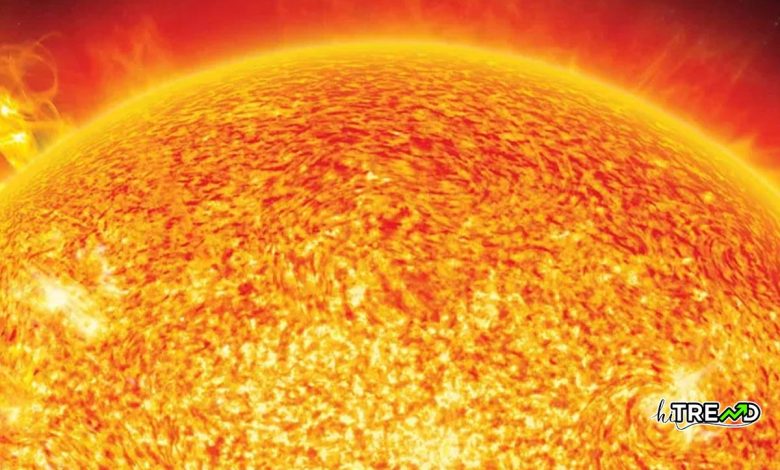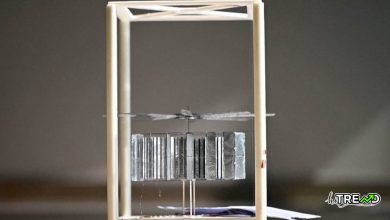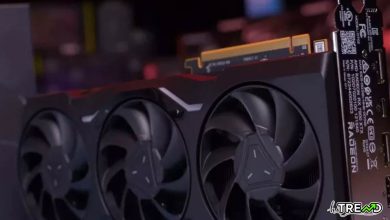Commercial satellite operations disrupted by May 2024 geomagnetic storm

BOTTOM LINE: Low Earth orbit has become increasingly crowded with man-made objects over the past few years. When solar storms strike, Earth’s atmosphere reacts in ways that could be extremely detrimental to space-based businesses like Starlink.Commercial satellite operations disrupted by May 2024 geomagnetic storm
In May 2024, Earth was hit by the largest geomagnetic storm recorded in over 20 years. This space phenomenon, usually triggered by massive eruptions of highly energetic electromagnetic radiation from the Sun’s atmosphere, caused unprecedented auroras visible around the world. According to a recent paper, it also forced LEO satellites to scramble to adapt to the unusual space weather.
You can read more Technology articles
The new study focuses on how modern satellite constellations reacted to the May “solar superstorm.” The last superstorm was recorded in 2003, but the population of LEO satellites has significantly increased since then. Commercial space companies are now becoming the norm, and SpaceX frequently deploys new satellites to maintain its space internet service.Commercial satellite operations disrupted by May 2024 geomagnetic storm
The May storm caused a sudden thickening of Earth’s upper atmosphere, the study explains, and LEO satellites had to perform maneuvers to maintain their usual altitude. Powerful geomagnetic storms have been recorded before, but the May 2024 event is unique as it occurred during a new “paradigm” in LEO satellite operations, the study says.
There are now around 10,000 active payloads in low Earth orbit, with 1,000 of them maneuvering during the “quiet” period before the storm. After the geomagnetic event hit the atmosphere, thousands of satellites were forced to correct their orbits to adapt to the sudden increase in atmospheric density and avoid falling back to Earth’s surface.
“Most of the May 2024 maneuver activity is attributable to the Starlink constellation, which performs autonomous orbit maintenance and thus responds quickly to perturbing events,” the researchers explain. During the October 2003 Halloween storm, there were no comparable changes in satellite maneuver activities in LEO.
The researchers now expect that “onboard orbit maintenance” procedures will become more common as newer LEO satellite constellations are put into orbit. An increase in orbital traffic could also have significant consequences for space debris currently re-entering Earth’s atmosphere. According to the study, thousands of non-functioning satellites lost several miles in altitude during the May storm.
Things could become even more troublesome over the next few months, as powerful solar storms are expected during the peak of the current solar cycle. The Sun undergoes a mostly regular 11-year cycle in activity, with significant fluctuations in solar radiation and ejection of solar material.
Follow HiTrend on X





